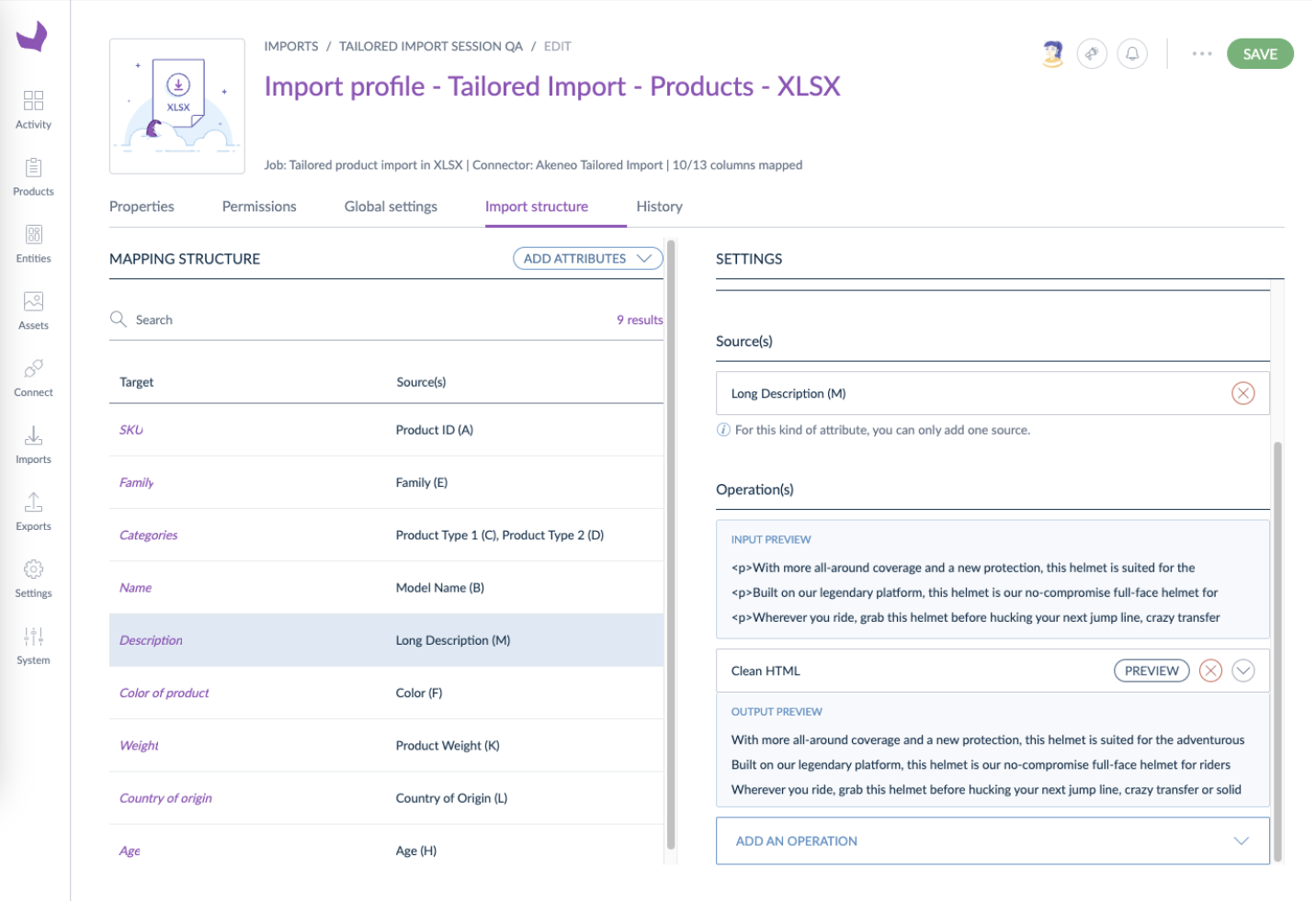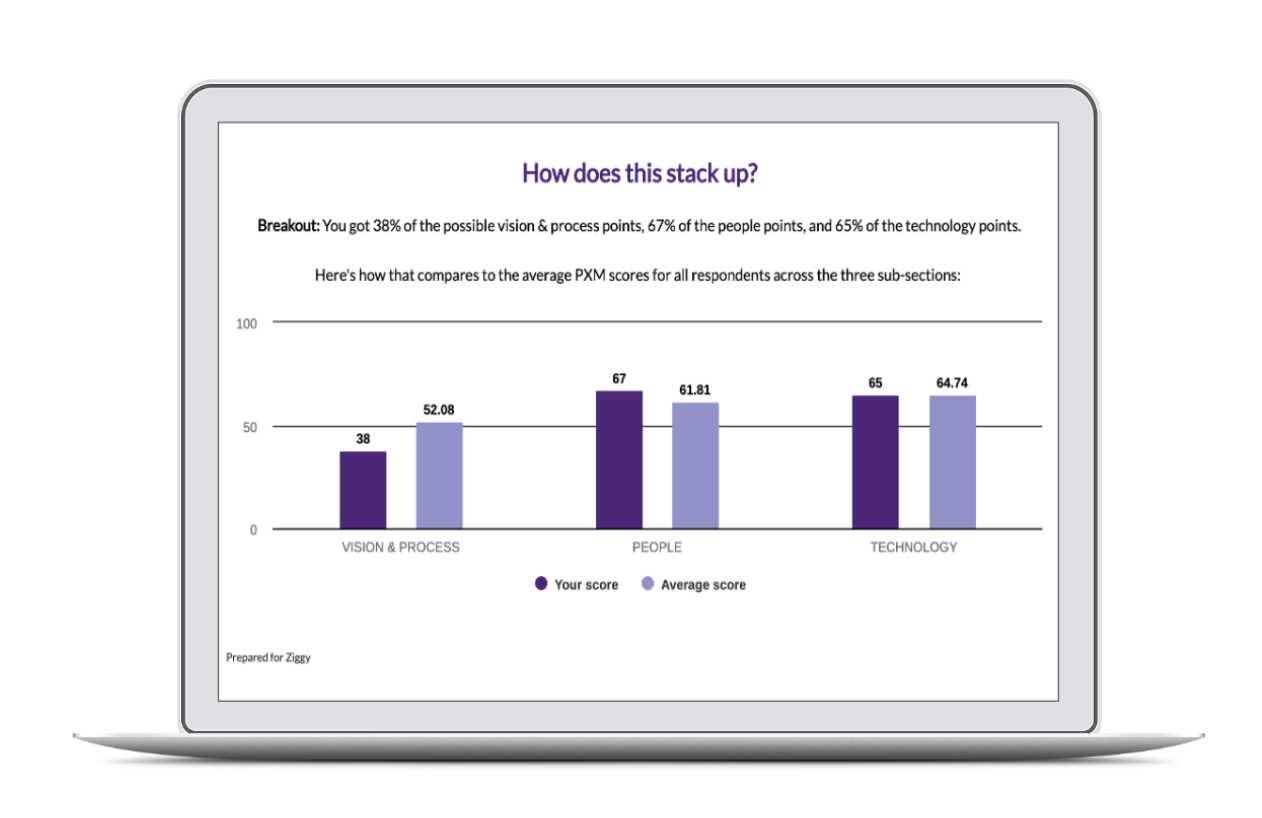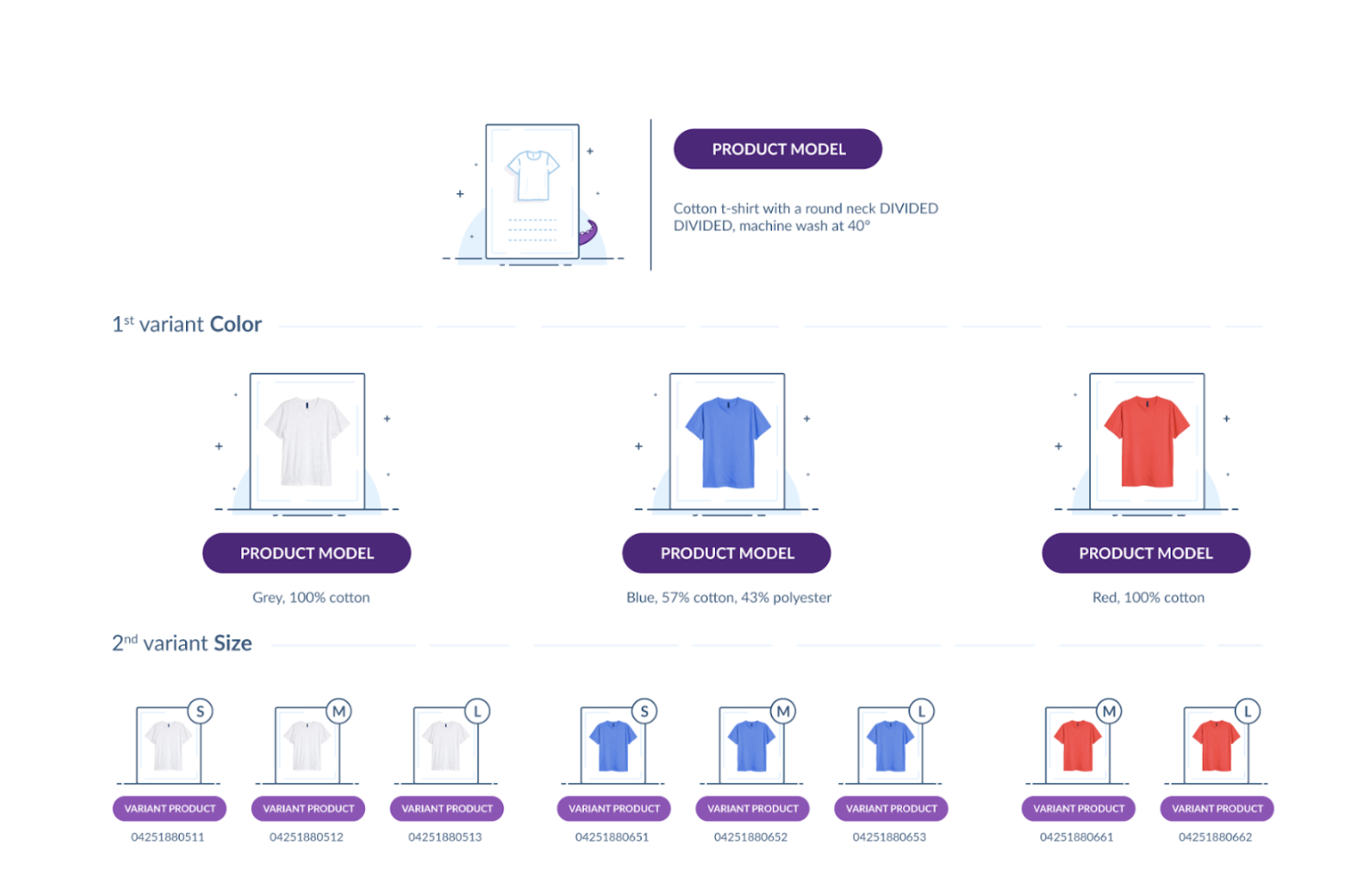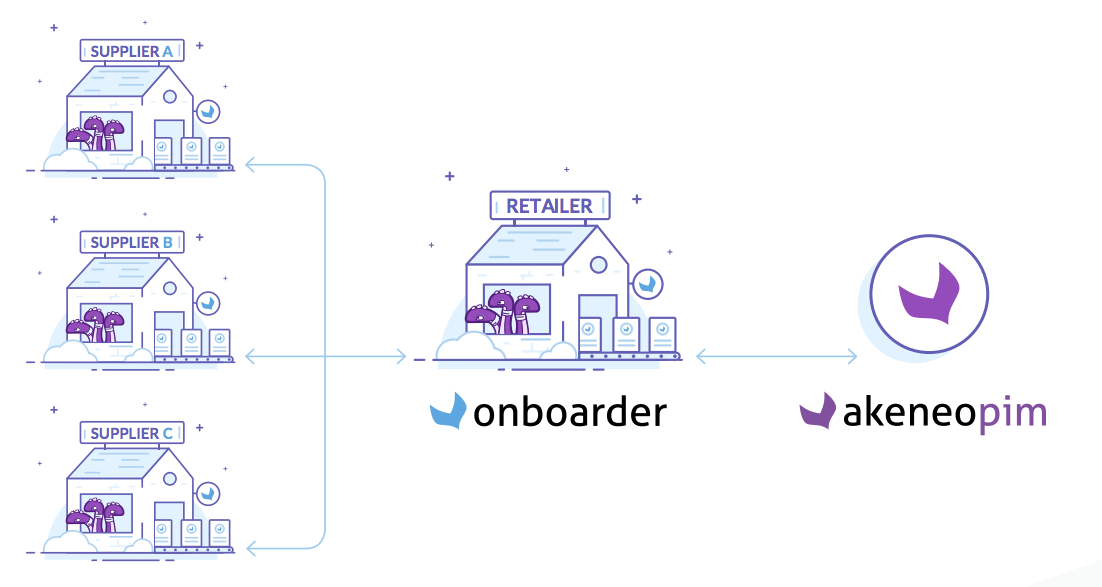Exceeding Customer Expectations with Composable Commerce
Learn more about the innovative composable commerce framework, and how it can enable businesses to exceed customer expectations and boost brand loyalty by offering customized, seamless, and innovative experiences.

What is a Composable Commerce Architecture?
Composable commerce is a flexible approach to building eCommerce platforms, where businesses can choose and combine different components or modules to create a customized and adaptable solution. Picture it like building blocks, stacking together the exact tech you need based on your products, consumers, and overall company structure. This approach is the antithesis of the monolithic, rigid, and complex eCommerce systems of old that often limit innovation and agility. In a composable commerce architecture, each component of the system is designed to be reusable, interchangeable, and easily integrated with other components. This modular approach lets businesses assemble and reassemble their eCommerce solutions as needed, giving them the flexibility to adapt to changing customer demands and market conditions quickly and efficiently.What is a Monolithic Commerce Architecture?
A monolithic commerce architecture is a single, tightly-coupled system where all the components of the platform, like inventory management, customer relationship management, payment processing, the user interface, and more are built together as a unified whole. In this structure, the components are interdependent, which means making changes or updates to one part usually requires changing other parts of the system. Monolithic commerce platforms can be more straightforward to initially set up, however, they limit flexibility, making it more difficult to integrate third-party components and adapt the platform to new business requirements or market trends. If a composable commerce architecture is like building blocks, a monolithic one is like a solid brick wall. Yes, it’s pre-built, but you didn’t get to choose the materials, and changing out any particular brick is impossible without disrupting the others.Business Benefits of Composable Commerce
A composable commerce tech stack isn’t just nicer on your IT and engineering teams, it comes with real business benefits:- Increased flexibility & scalability: Successful businesses aren’t static businesses. To thrive in the eCommerce world, brands have no choice but to adapt their tech stacks to customer expectations, market trends, and of course, the challenges that come with growth. A composable commerce architecture makes this flexibility and scalability possible. It allows brands to easily add, remove, or replace components as needed, so that their platform stays agile and responsive to change. This flexibility also allows businesses to scale their eCommerce operations seamlessly, without the constraints often imposed by monolithic systems. Simply put, it helps your brand become future-proof.
- Streamlined workflows & increased internal efficiency: Because composable commerce is so flexible, businesses can create an eCommerce platform that meets the unique operational requirements of their teams. For example, with composable commerce, the customer support team can leverage their preferred helpdesk system that seamlessly integrates with the eCommerce platform, allowing them to access customer data and order history in real-time, leading to faster and more accurate support. This personalization of the tech stack means more streamlined workflows, reduced complexity, and increased efficiency, allowing teams to focus on delivering value to their customers.
- Communicate the entire product story across all channels: In today’s landscape, businesses must tell a compelling – and consistent – product story that resonates with their target audience. A composable commerce makes this possible by allowing the integration of important eCommerce components, like product information management (PIM) tools, content management systems (CMS), and digital asset management (DAM), to ensure that product data, content, and assets are synchronized and up-to-date across owned and unowned channels.
- Faster time-to-market: With a composable commerce architecture, businesses can bring new products, features, or services to market much faster than with a monolithic one. The modular nature of composable commerce makes it easier to integrate new eCommerce components, update existing ones, or launch new sales channels, effectively reducing the time it takes to deliver innovations to your customers.
Impact of a Composable Commerce Model on the Customer Experience
Perhaps the biggest business benefit of composable commerce is actually the impact it has on the customer experience. After all, when your customers are happy, your business reaps the rewards. Here’s how composable commerce helps you exceed customer expectations:- Access to more reliable product information: Customers crave a straight-forward, trustworthy purchase experience. When the product’s information varies based on whether they’re shopping on your website or a third-party marketplace, that creates frustration, confusion, and distrust. Not great for your brand. Composable commerce makes it possible to integrate PIM, DAM, CMS and other systems that keep product data consistent and reliable for consumers, no matter where they’re shopping. This not only helps build trust but also simplifies the decision-making process for consumers, leading to better overall product experiences.
- More product options and innovative experiences: Above, we mentioned that composable commerce can help improve time-to-market. This helps keep you ahead of your competition and puts more products on the shelves, but it also frees up time and resources to invest in innovation . . . and to launch those innovations for your customers to enjoy. With the modular nature of composable commerce, businesses can experiment with and adopt emerging technologies like AR or voice commerce, creating cutting-edge shopping experiences without disrupting the existing infrastructure.
- Improved customer support: A composable commerce architecture allows for easy integration of order management systems (OMS) and customer relationship management systems (CRMs) into your current eCommerce tech stack. But more importantly, it allows you to choose the right OMS, CRM, and helpdesk systems for your business and customer needs. With tools customized to your unique requirements, you can seriously improve the overall customer support experience with real-time updates on order status, inventory levels, and estimated delivery times. And, of course, faster, more personalized support leads to higher customer satisfaction.
- Customized shopping experiences: Composable commerce supports the integration of more advanced personalization tools, meaning businesses can deliver a unique shopping experience for each customer based on their interests, browsing history, and purchase patterns. This level of personalization not only improves customer satisfaction but also fosters long-term loyalty and repeat business. (Who doesn’t want the most relevant and tailored product recommendations, promotions, and content?)
Akeneo Product Cloud
Akeneo’s best-of-breed supports composable frameworks, and more. Reach out today to accelerate your journey towards omnichannel experiences.

























